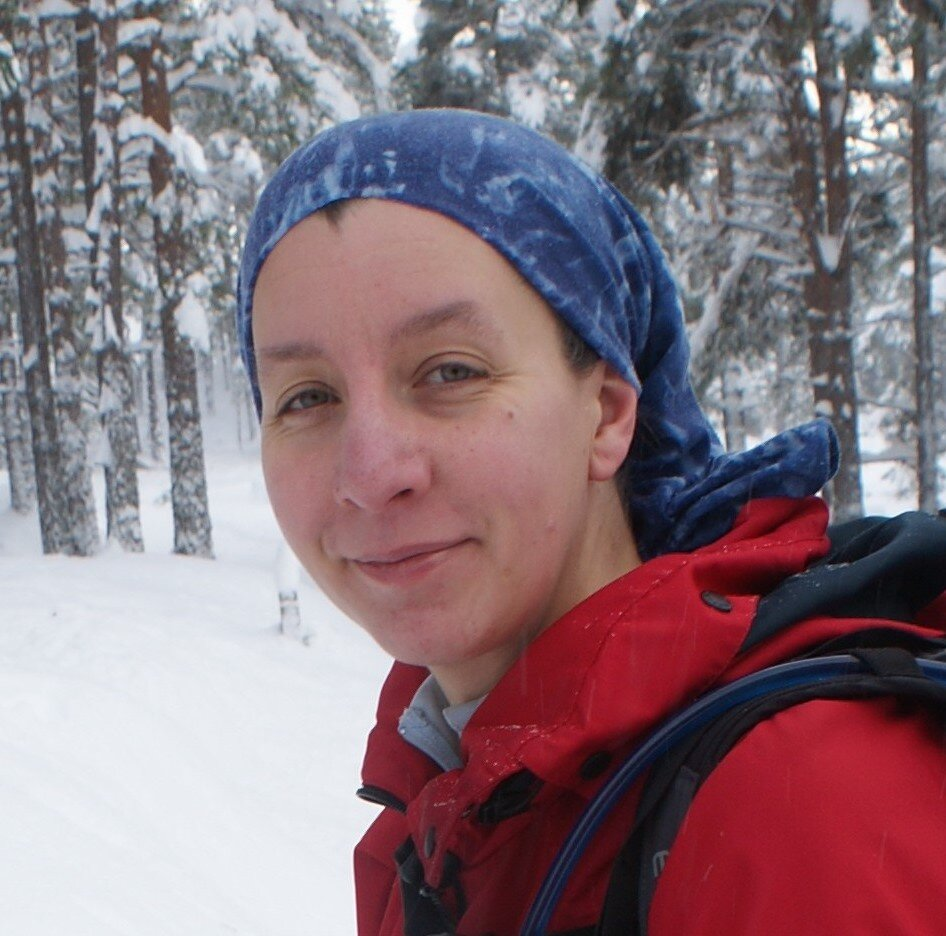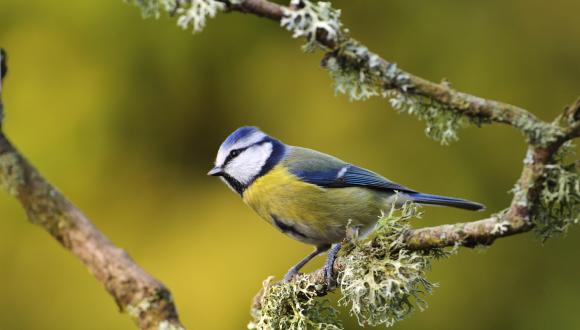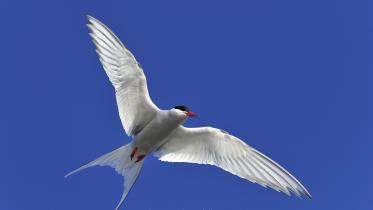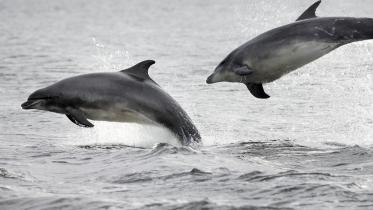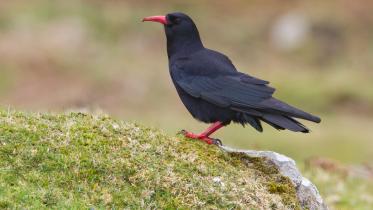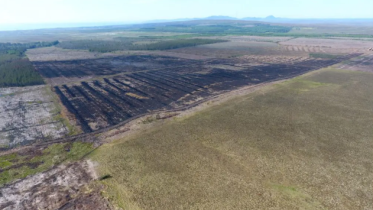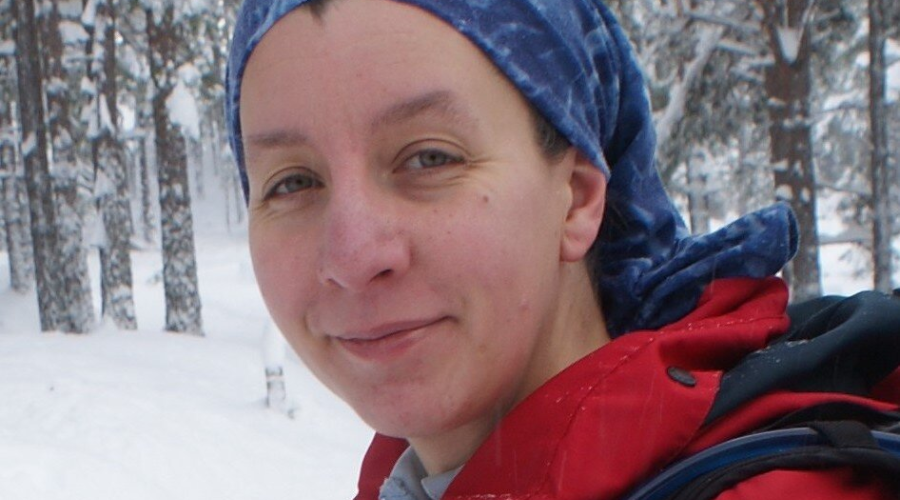
NatureScot statement on Dr Sue Haysom, from Francesca Osowska, CEO
With the death last month of Sue Haysom we have lost a special colleague and friend who most recently worked so hard with the team devising the draft Scottish Biodiversity Strategy Delivery Plan, launched in early September. Previously working as an ornithological adviser, and leading the formation of our DAWNN (Disability, Ability, Wellbeing and Neurodiversity Network), Sue’s reach and impact were immense.
Sue joined NatureScot in 1999, whilst working on her PhD at the University of Stirling. Two years later, she completed her thesis on ‘The ecology of black grouse in plantation forests’, having taken her first degree in ecology at the University of Edinburgh. She joined us as a Natura ornithologist. This involved drawing up the scientific cases and writing Departmental Briefs for new Special Protection Areas (SPAs) under the EC Birds Directive, as well as advising on the latest EU developments regarding directives and case law. Sue led on all the Scottish seabird colony SPA extensions in the early/mid 2000s - a major task - as well as the cases for most of the SPAs for capercaillie, and some for golden eagle.
Briefly, she worked in the Environmental Audit Unit in 2006-07, and then moved to mainstream ornithological advice as a member of our Bird Team. Advising on bird issues involved complex and high profile work, and Sue was a key adviser in relation to wind farm, forestry and industrial developments which were sometimes determined at Public Local Inquiries (PLIs). High-profile casework advice included the Queensferry Crossing, Grangemouth flood defences, dualling of the A9, and the Rosyth PLI in 2011. She was project manager for national surveys of black-throated and red-throated divers, and capercaillie.
Her work on black grouse and capercaillie drew heavily on her PhD experience and long-standing working relations with staff in the Game and Wildlife Conservation Trust and RSPB. Closely involved in the UK Biodiversity Action Plan process for these birds, she later led the Species Action Framework plans for them. All of this entailed scientific rigour and formidable partnership management skills (she gained a Diploma in Management), which ensured a robust and inclusive approach to what at times could be exhausting and exasperating work. With special responsibility for casework advice on birds in south Scotland, Sue relished leading partnership efforts to conserve black grouse there. As one example of her partnership work benefitting capercaillie, more than 7,000 ha of habitat was created or enhanced; improved silvicultural practices were undertaken across 10,000 ha; and more than 11 km of high-risk fences were removed, reduced or marked as part of the foundations for new community led initiatives.
Sue’s more recent career development came in two parts. First, in January 2021, she secured a secondment to the Government Office for Science (GOS) where she led on raising awareness of disability and neurodiversity inclusion issues in a new hybrid working environment. Here, she was in her element working with GOS colleagues advising the Prime Minister and members of the Cabinet, to ensure that government policies and decisions are informed by the best scientific evidence and strategic long-term thinking. And in September 2021, Sue was promoted to the post of Biodiversity Strategy Manager with us, and rapidly carved out a special leadership role in a team developing the draft Scottish Biodiversity Strategy Delivery Plan. Working very closely with colleagues in NatureScot, Scottish Government, other agencies and eNGO bodies, she crafted a Plan which should go a long way to halting the loss of Biodiversity by 2030. She contributed to countless stakeholder and staff workshops, and relished the profile and impact of the work. With colleagues she led on devising Scotland’s Beaver Strategy 2022-2025, drawing heavily on her expertise in running workshops under the IUCN Species Survival Commission.
Meticulous in her work, resolutely logical, compassionate and hugely supportive of a very wide circle of colleagues and friends, Sue was indomitable in getting jobs done. She was a fervent supporter of young and disabled people, and a forthright advocate for the disability sector (Sue endured significant deafness); everyone had to be given a fair and equal voice. Exceptionally hard working, and leaving nothing to chance, Sue’s prodigious output set the highest standards. Occasionally upbraiding colleagues for sloppy ideology, or for winging arguments when the evidence pointed in a different direction, her dismantling of obtuse thinking was quite something to behold. Indeed, she was forensically analytical – a great attribute in reaching solutions to seemingly intractable problems.
Beyond all of this, two things have emerged recently as we have talked about Sue. First, the outpouring of affection, respect and warmth for her has touched us deeply. Many of us have reflected on the considerable time Sue devoted to offering personal advice and support, especially to younger colleagues. Second, the span of active involvement with different sectors is immense. Mountain leadership training (she wrote regularly for The Professional Mountaineer, and Intrepid Magazine), mentoring of young people, and counselling were all backed by formal qualifications. In earlier years she formed and ran Greyhen Adventures. She was a Duke of Edinburgh Award trainer, supporting several of our younger colleagues, was a Leave No Trace instructor, a previous director of the Milton Community Woodland Trust, member of ParkRun and Breeze groups, and for a while a member of the Strathpeffer Rowing Club. She had avid interests in on-the-ground practical, community-based conservation management.
A wonderful team player, empathetic, passionate and meticulous in her work, Sue was an outstanding colleague and friend. Sue’s family, partner and friends were loved by Sue, and to them we send our deepest condolences.
